Richard Stöhr: Chamber Music, Volume One
Like Korngold, Schoenberg, Zeisl and Zemlinsky, Richard Stöhr (1874-1967) was another Austrian composer driven into American exile by the Nazis. His generous output of music — ripe for rediscovery — includes seven symphonies, fifteen violin sonatas among much other chamber music, songs, and choral and piano pieces. His two works for cello and piano — the four Fantasiestücke of 1907 and a Sonata from 1915, recorded here in the first of a series devoted to Stöhr's music — reveal a composer with a lyrical and expressive language downstream from Brahms and Schumann.
Stefan Koch, cello
Robert Conway, piano
Listen To This Recording:
-
Fantasiestücke, Op. 17 (1907)
- I Andante espressivo
- II Andantino grazioso
- III Andante con moto
- IV Prestissimo
- I Allegro con brio
- II Andante sostenuto
- III Finale: Allegro
Sonata for Cello and Piano, Op. 49 (1915)
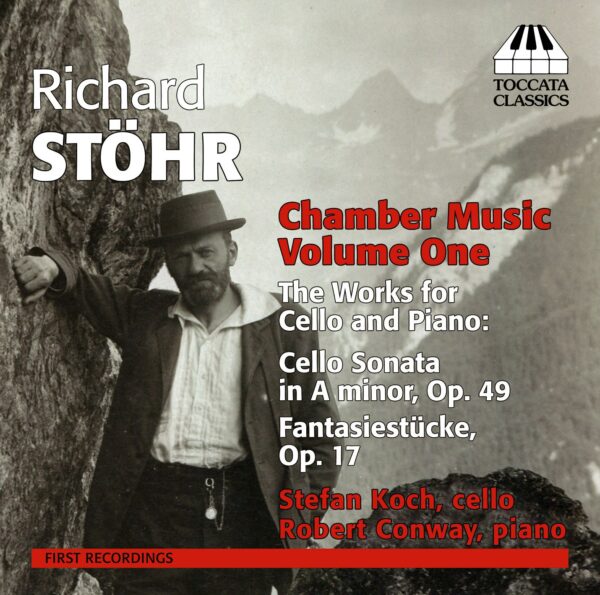
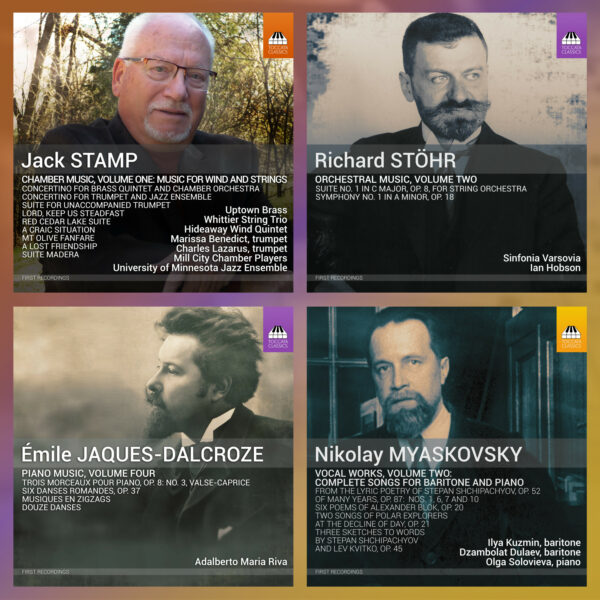
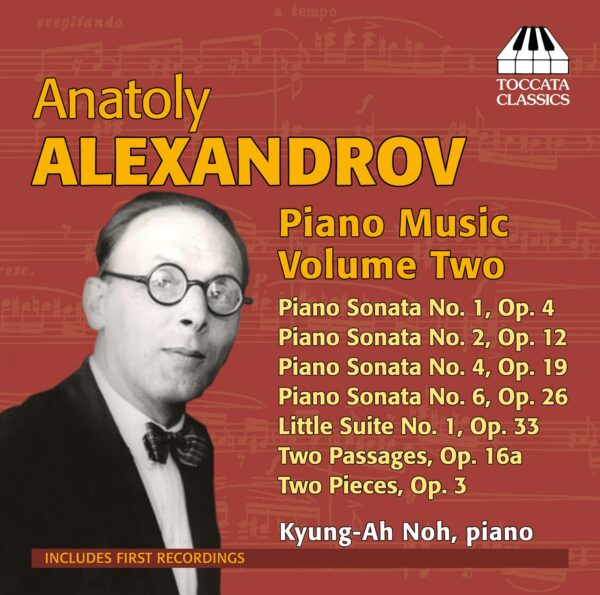
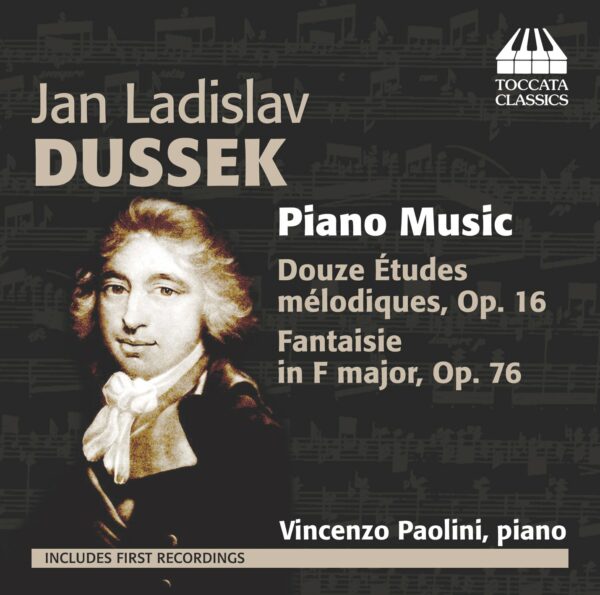
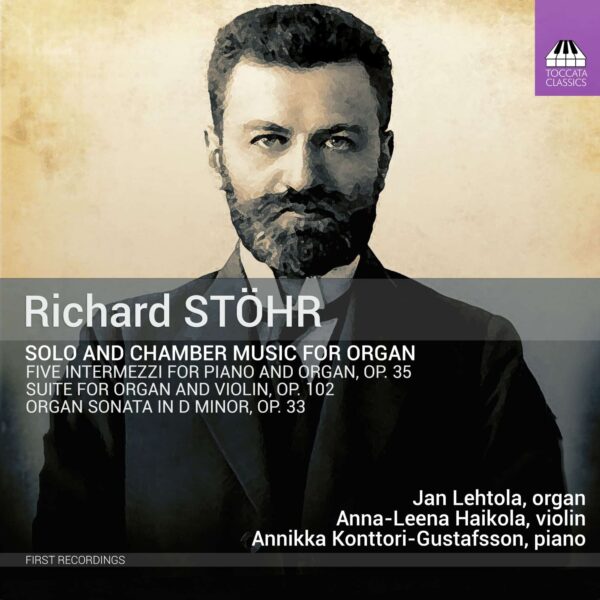
MusicWeb International :
“…When I first heard a sample, and subsequently the complete track of the first of the four Fantasiestücke – a poignantly-expressive outpouring of melody marked ‘Andante espressivo’, I thought I was going to be smitten by the whole CD in particular, and Stöhr’s music in general. Conceived in a style that encompasses the worlds of Schumann, Brahms and Robert Fuchs – with some gently-persuasive chromaticism to give just that hint of a somewhat later era – this opening gambit is indeed some six-and-a-half minutes of pure delight in every respect. …While Koch’s devotion is admirable, his own comment that as soon as he started playing through the cello parts, he could tell that this was ‘romantic, melodic music and quite well written and constructed’, does, I feel, rather sum up what can be heard on the present CD.”
—Philip R Buttall, MusicWeb International
Fanfare Magazine :
‘… Written in a period of emotional pain (1907), the First of the four Fantasiestücke (Andante espressivo) inhabits the crepuscular world of Richard Strauss as well as of Schumannn and Brahms. The rich piano writing of the Second (Andantino grazioso) is dense in the late-Romantic manner and is ably carried off by Robert Conway; the beautiful, tender Third (Andante con moto) weaves a canon into the structure (it flows beautifully), a reminder of Stöhr’s contrapuntal prowess, while the long cello lines show Koch’s seamless legato. The final piece is the only properly fast one; it is marked Prestissimo, although the present performance seems more than an Allegro in effect, seemingly wishing to highlight the lyric impulse. The Cello Sonata in A-Minor of 1915 is an expansive three-movement work, written for Walter Kleinecke, then principal cello of the Vienna State Opera Orchestra and a member of the Vienna Philharmonic. … Of particular beauty is the passage in the last movement marked Andante. Sehr ruhig. This is a finale which holds as much if not more reflection than bravura; its descent into silence at the close is therefore perfectly fitting. It is difficult to imagine a more committed or convincing performance than this one, where the text is so honored and yet the spirit of the music flies free. … Recording standards are of the highest, as are production values … Cellists should rejoice at this issue; so, for that matter, should all musicians with a love of the music of the early 20th century.’
—Colin Clarke, Fanfare Magazine
David Brown :
I can only echo the words of the two reviewers above. Stöhr, like so many of Toccata’s astonishing roster of composers, was not even a name to me until I investigated this. Anyone who responds to the rich, complex, and emotionally ambiguous sound-world of central European late-Romantic music can’t fail to fall in love with these two lyrical and expansive masterworks. And the modestly-titled Fantasiestücke are anything but trifles… had they also been titled Sonata for Cello and Piano I can’t imagine anyone objecting. As always with Toccata, no need to hesitate over performance and recording quality — take a chance, you won’t be sorry. The, as always, authoritative notes briefly itemise Stöhr’s impressively large, and one gathers, almost entirely unperformed output, and the workslist on the apparently new website devoted to him http://www.richardstoehr.com/ provides further opportunity for headscratching and contemplation. What about those operas, oratorios, lieder by the hundred, chamber works (including 15 violin sonatas) and orchestral works? From IMSLP you can download the full score of his Symphony #1 http://imslp.org/wiki/Symphony_No.1,_Op.18_(St%C3%B6hr,_Richard), the only one of his seven to have been published… C’mon, Toccata can’t do everything… Someone? Somewhere?